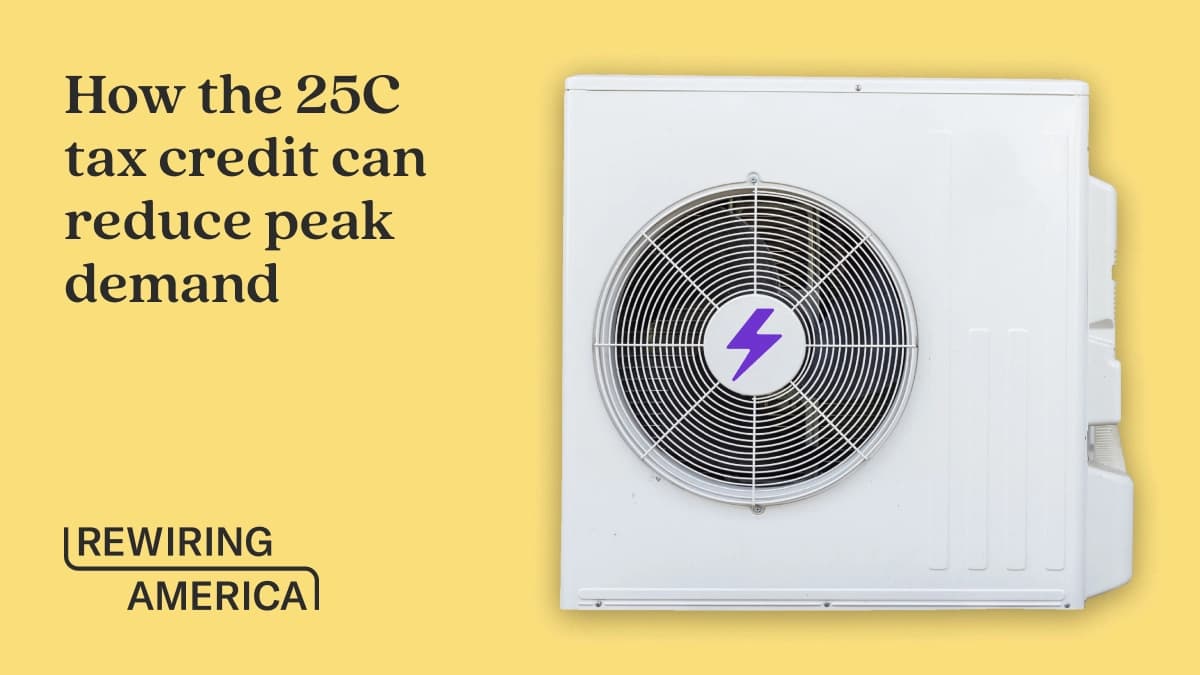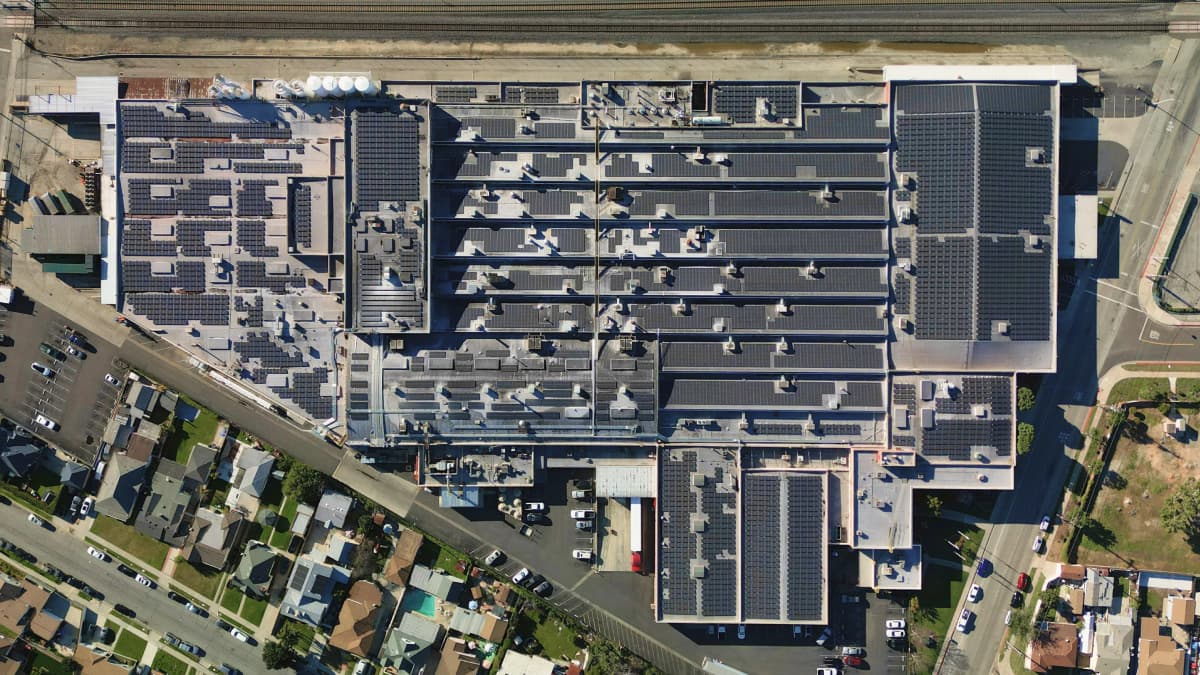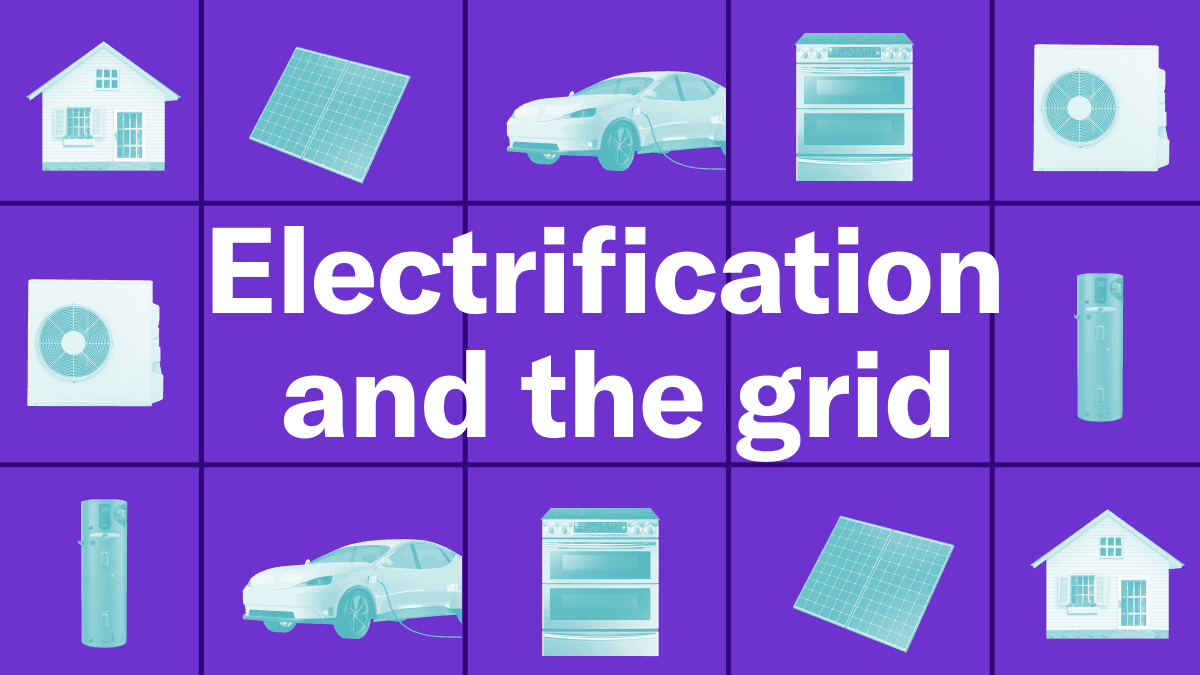June 2021
The home is the keystone of our national infrastructure. Public investment in electrifying our 152 million American households can reap significant benefits for every U.S. resident, in terms of climate, household savings, and job creation, as well as the health benefits of improving indoor and outdoor air quality.
In our report Bringing Infrastructure Home: A 50-State Report on U.S. Home Electrification, we break down these benefits at the national and state level, giving all U.S. residents the arguments they need to advocate for its inclusion in our federal infrastructure investment.
Findings
LOWER BILLS
Almost all households get cheaper energy bills
At least 85% of households in the United States — 103 million — could save $37.3 billion a year on energy bills if they were using modern, electrified furnaces and water heaters instead of their current machines.

LARGE SAVINGS
Most households would save an average of $496 per year
The savings are biggest for the 64.9 million households in the United States across every county who are currently using electric resistance, fuel oil, or propane and would save $496 per year on average.

EVERYONE BENEFITS
Meaningful savings for low- and moderate-income (LMI) households
Of the households that save, 44 percent are low- and moderate-income. Each year, they would save an average of $377. Many would save up to $493 per year on average.

REDUCE EMISSIONS
It’s essential to reaching zero emissions
Furnaces, water heaters, dryers, and stoves account for at least 95 percent of residential building emissions but are replaced just once every 10 to 25 years. Unless we choose modern, electrified replacements for these machines, we will continue to need dirty infrastructure to power our homes, never getting to zero emissions.

CREATE JOBS
Millions of new jobs will be created
Electrification would create 462,430 installation jobs in the United States. In addition, it would further generate 80,000 manufacturing jobs and 800,000 indirect and induced jobs.
IMPROVE HEALTH
Cleaner indoor and outdoor air
Electrifying these appliances would address the 42 percent increased risk of children experiencing asthma symptoms associated with gas stove use. Such indoor pollution disproportionately affects low-income households with smaller homes. Furthermore, outdoor air pollution from residential buildings currently accounts for 15,500 premature deaths in the United States per year.

Media coverage
New York Times
Sen. Martin Heinrich, D-New Mexico, Jun 8, 2021
Guest Essay: Your Next Car and Clothes Dryer Could Help Save Our Planet
"Our future depends on our acting now to confront the climate crisis by enacting policies to convert our economy from fossil fuels to clean energy. By making this switch, we will also create millions of new jobs, save American households money on their energy bills and protect lives by improving the air we breathe in our homes and workplaces."
HuffPost
Alexander C. Kaufman
Poll: Most People Don’t Realize Their Homes Spew Carbon, but They Love the Fixes
"The findings, from a national poll taken between July 7-9, could buoy support for the new legislation Sen. Martin Heinrich (D-N.M.) is set to introduce Thursday that would add rebates for new energy-efficient or zero-carbon appliances and heating systems into the federal spending legislation lawmakers are currently negotiating."
Politico
Matthew Choi
"Rewiring America, a nonprofit focused on electrification, conducted research for Heinrich’s team and released its own report Wednesday on home electrification. The report finds that 86 percent of American homes would save money by installing all-electric equipment, and the manufacturing and distribution of the appliances could create over a million jobs."
Press releases
Rewiring America
June 30, 2021
New Report Shows Electrifying Homes Key U.S. Climate Goals, and Most Americans Will Benefit
"The Zero-Emission Homes Act of 2021 would provide rebates for the purchase and installation of electric appliances and equipment in single-family homes and multifamily dwellings, with additional support for low- and moderate- income households, who spend a larger share of their income on energy than other households."



